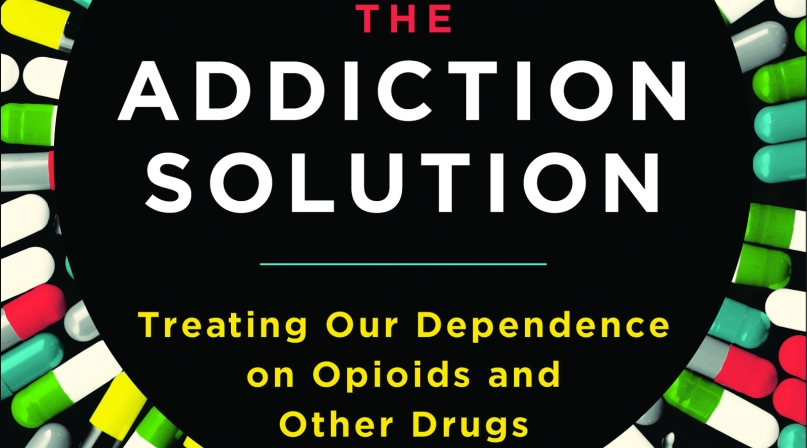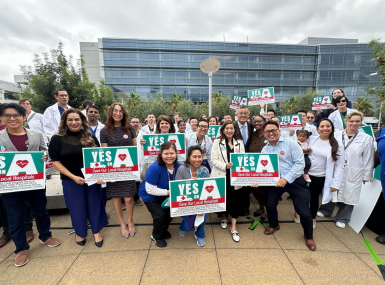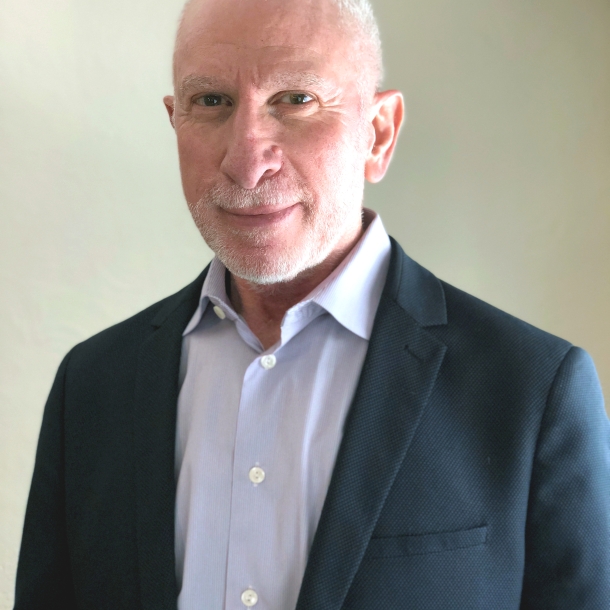How can we save the most lives?
Author
Upcoming Events
Related News

Key Takeaways
Two principal actions taken by medical and mental health professionals will have the greatest impact on saving the lives of people with Opioid Use Disorder.
Physicians played a role, however inadvertently or from misinformation, in the emergence of this epidemic. We now stand to play a vital role in its mitigation.
The actions we can take now to save lives are:
- the prescription of buprenorphine in mental health and primary care settings and
- the dispensation of naloxone at those same settings.
The former is an opioid agonist and the latter an opioid antagonist. My state, New York, has decided to make the prescription and distribution of these agents a scorable, standard of practice for licensed mental health clinics.
Buprenorphine became legal in the United States in 2000 and available a few years later. Over a decade later, however, its use remains limited, especially considering the rising death toll from the opioid epidemic and the safety of this medication.
Buprenorphine acts as a partial agonist to the opioid receptor (it is simultaneously a receptor antagonist). As an agonist, this medication binds fiercely to opioid brain receptors thus blocking the uptake (or displacing) of other opioids, making ingestion of heroin or opioid analgesics not worth the try. It is far more difficult to get “high” or overdose on buprenorphine, unless it is mixed with other, non-narcotic substances like benzos, alcohol and sedatives.
Preparations of buprenorphine have diversified. First there was the sublingual pill, then the dissolvable film, and most recently a monthly subcutaneous injection or a set of four tiny sustained release implants under the skin that can last up to six months. While methadone works well for many people, patients need not go daily to a methadone clinic, if that becomes a deterrent to care.
Over the years, diversion of buprenorphine was limited; more recently, this drug has gained greater street value as a type of “insurance” for opioid users in the event they cannot obtain their usual supply or wanted to withdraw to reduce their tolerance. Buprenorphine can be a critical, lifesaving and life-producing medication treatment because those taking it are far more likely to not overdose and die, unlike those that are not prescribed this medication.
Naloxone is first and foremost a life-saver. EMTs, police and increasingly friends and families of people using opioids have a vial or two of naloxone nasal spray to use if someone overdoses. Countless lives have already been saved. Naloxone preparations also include intramuscular and auto-injection syringes. It acts immediately and effectively, reversing respiratory arrest and loss of consciousness. It is like the AED (automatic defibrillator) of the world of opioid addiction.
Many pharmacies in most states have the ability to dispense naloxone without individuals needing to bring in a prescription from their health care practitioner. It can still be costly for individuals and families without insurance, and first responder departments where using insurance wouldn’t be an option. Having some naloxone available at no cost is essential to continue to save lives.
I do not mean to suggest that medication alone is the right approach to treating opioid use disorder. Like any complex and persistent condition, a combination of therapy, motivational approaches, family engagement and mind-body interventions (like exercise, nutrition, yoga, meditation) are more likely to produce results since they are often additive in their effects. But medication is apt to save the most lives in the immediate future.
Public health has led the way to eliminating many an epidemic. Think of polio and cholera; of how we have reduced morbidity and mortality from driving deaths and tobacco; and how, with a groundswell of public support, we beat back the AIDS epidemic.
Effective solutions to the opioid epidemic exist, and they too can be achieved by a public health approach to this problem.
Attachments
Related News

CMS issues new guidance on Medicaid Community Engagement Requirements
On December 8, the Centers for Medicare & Medicaid Services (CMS) released a Medicaid and CHIP Services Informational Bulletin (CIB) directing states on how to implement the Medicaid community engagement requirements enacted under Section 71119 of the One Big Beautiful Bill Act legislation (Public Law 119-21), or H.R. 1.

California county sales tax measure backfills federal healthcare cuts
Santa Clara County, Calif. will raise an estimated $330 million each year from a sales tax to backfill lose Medicaid funding.

